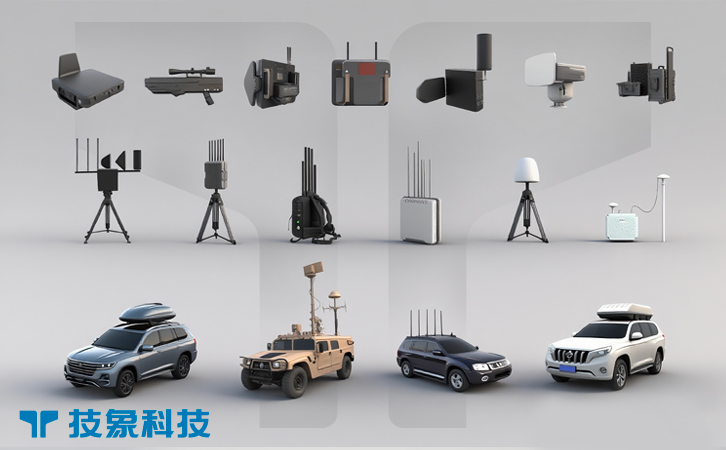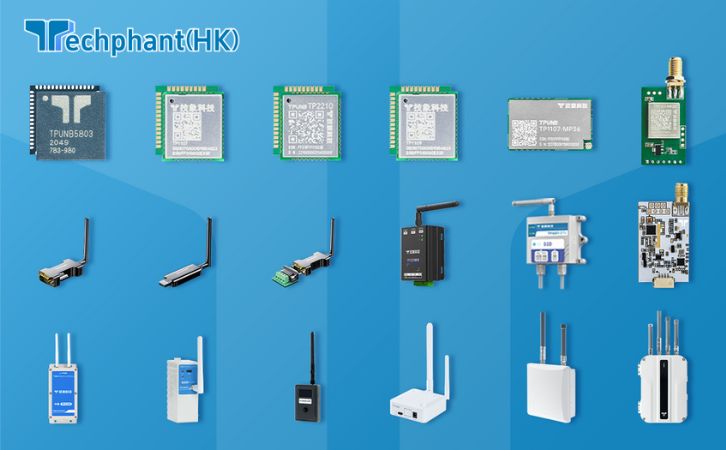The commercial counter-drone sector is witnessing unprecedented expansion as the proliferation of unmanned aerial vehicles (UAVs) transforms industries while simultaneously introducing new security vulnerabilities. Once primarily a military domain, counter-drone technologies—encompassing detection, tracking, jamming, and neutralization systems—are now integral to safeguarding commercial assets like airports, stadiums, data centers, and urban events. Driven by rising incidents of unauthorized drone activities, such as smuggling, espionage, and disruptions at public venues, the market is evolving rapidly. As of 2025, advancements in AI, sensor fusion, and regulatory frameworks are fueling this boom, with global investments pouring into innovative solutions from startups and established defense firms alike. This article delves into the market’s growth trajectory, opportunities, challenges, and key innovations, highlighting how stakeholders can navigate this dynamic landscape.
I. Market Overview and Growth Projections
The commercial counter-drone market, often referred to as anti-drone or counter-UAV (C-UAV) technology, has transitioned from niche applications to a mainstream security necessity. In 2025, the global anti-drone market is valued at approximately USD 3-4.5 billion, with projections indicating explosive growth over the next decade. This surge is attributed to the increasing accessibility of commercial drones, which has led to heightened risks in civilian airspace. Market analyses from various research firms consistently forecast compound annual growth rates (CAGRs) ranging from 23% to 28%, potentially reaching USD 12-30 billion by 2030-2034. For instance, one report estimates the market at USD 4.48 billion in 2025, expanding to USD 14.51 billion by 2030 at a 26.5% CAGR, driven by demand in commercial sectors like infrastructure protection and event security.
Regionally, North America dominates with over 40% market share, bolstered by high military expenditures and early adoption of technologies in the U.S., where the market is projected to grow from USD 0.65 billion in 2022 to USD 3.20 billion by 2030. Asia-Pacific emerges as the fastest-growing region, with a CAGR exceeding 28%, fueled by security concerns in countries like China and India, where rogue drones number over 600,000 and pose threats to borders and urban areas. Europe follows closely, emphasizing regulatory compliance and integration with air traffic systems.
Segmentation reveals that detection systems (radar, RF sensors) hold the largest share at around 50%, while neutralization technologies like jamming and lasers are gaining traction. Commercial applications, including airports and critical infrastructure, account for 30-40% of the market, surpassing traditional military uses due to over 2,000 reported drone disruptions at airports in 2023 alone. Post-COVID recovery has accelerated this growth, with geopolitical tensions like the Russia-Ukraine conflict highlighting the need for advanced C-UAV in commercial contexts. Overall, the market’s trajectory reflects a shift toward integrated, scalable solutions amid rising drone adoption across industries.
II. Opportunities for Growth and Expansion
The commercial counter-drone boom presents myriad opportunities, particularly in sectors vulnerable to UAV threats. One primary driver is the protection of critical infrastructure, where systems are deployed to safeguard airports, power plants, and data centers from espionage or sabotage. With over 6 million commercial drones in operation globally, incidents like drone incursions at events or borders have spurred demand, creating a lucrative market for portable and mobile C-UAV units. Governments are investing heavily; for example, initiatives like Canada’s USD 4.5 million C-UAS radar program aim to counter contraband delivery in prisons, opening doors for tech providers.
Emerging markets in Asia-Pacific offer expansion potential, with rising defense budgets and concerns over drone misuse in agriculture, logistics, and surveillance. Companies can capitalize on partnerships, such as those between public safety agencies and private firms, to develop AI-enhanced systems for autonomous threat neutralization. The integration of C-UAV with broader security ecosystems, like air traffic control, presents synergies, especially in urban environments where drone delivery services are proliferating. Moreover, the shift toward non-kinetic solutions (e.g., jamming, spoofing) aligns with ethical demands, enabling entry into civilian markets like stadiums and festivals, where kinetic intercepts could pose risks.
Innovation in directed energy weapons (DEWs) and blockchain for secure data sharing further amplifies opportunities, with forecasts indicating a 14.2% CAGR for counter-UAV equipment driven by these advancements. Startups and SMEs can leverage mergers and acquisitions to scale, as seen in collaborations focusing on AI and machine learning for swarm defense. Overall, the market’s growth is underpinned by regulatory support and increasing awareness, positioning it for sustained expansion through diversified applications.
III. Key Challenges and Barriers
Despite robust growth, the commercial counter-drone market faces significant hurdles that could impede progress. High initial costs remain a primary barrier, with advanced systems like radar-jammer units exceeding USD 100,000 per installation, limiting adoption by smaller organizations and developing regions. Integration complexities with existing security infrastructures exacerbate this, often requiring extensive customization and leading to operational delays.
Regulatory challenges are equally daunting, with varying international standards on spectrum usage, jamming permissions, and no-fly zones creating compliance nightmares. For instance, RF jamming regulations differ across countries, risking interference with legitimate communications and inviting legal repercussions. Ethical concerns, including privacy invasions from surveillance-heavy systems and potential collateral damage from neutralization methods, add layers of scrutiny, particularly in populated areas.
Technological limitations persist, such as false positives in crowded airspaces, limited range against sophisticated swarms, and vulnerabilities to electronic warfare. The rapid evolution of drone tech outpaces countermeasures, with AI-powered UAVs evading basic detection. Supply chain disruptions, as experienced during the COVID-19 pandemic, have also affected component availability, stalling deployments. Market fragmentation, with numerous players competing, intensifies pricing pressures and innovation races, while geopolitical tensions could restrict exports of sensitive technologies. Addressing these requires standardized policies, cost-effective R&D, and ethical frameworks to foster trust and broader adoption.
IV. Leading Innovations and Market Players
Innovation is at the heart of the commercial counter-drone boom, with key players driving advancements in AI, sensor technologies, and hybrid systems. Leading firms like Lockheed Martin, Raytheon (RTX Corporation), Boeing, and DroneShield are pioneering integrated platforms that combine radar, EO/IR sensors, and machine learning for real-time threat assessment. For example, DroneShield’s RF sensing solutions emphasize portability for commercial use, while Dedrone focuses on AI-driven detection for urban environments.
Emerging trends include directed energy weapons (e.g., lasers from Boeing) and kinetic intercepts, offering precise neutralization without collateral risks. Blockchain integration for secure data sharing and autonomous networks are gaining momentum, enhancing resilience against cyber threats. Market leaders are pursuing mergers, such as partnerships between Airbus and Thales for European C-UAV projects, to consolidate expertise and expand portfolios.
Startups like Avnon HLS and Aaronia AG are innovating in handheld and mobile units, catering to commercial needs like event security. R&D investments, exceeding USD 1 billion annually across the industry, focus on countering drone swarms and integrating with 5G networks. These developments not only address current gaps but also position players for future dominance in a market projected to exceed USD 20 billion by 2032.
Conclusion
The commercial counter-drone market is on the cusp of transformative growth, offering immense opportunities amid escalating UAV threats, yet tempered by regulatory, ethical, and technological challenges. With projections of multi-billion-dollar expansion by 2030, stakeholders must prioritize innovation, collaboration, and adaptive strategies to capitalize on this boom. As global regulations evolve and technologies mature, the sector promises enhanced airspace security, balancing innovation with safety. Ultimately, navigating these dynamics will determine the market’s trajectory, ensuring a resilient future where commercial skies remain protected and prosperous.



